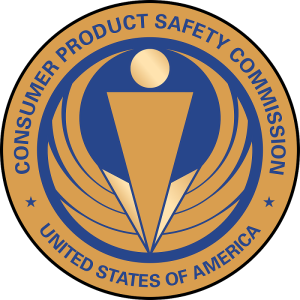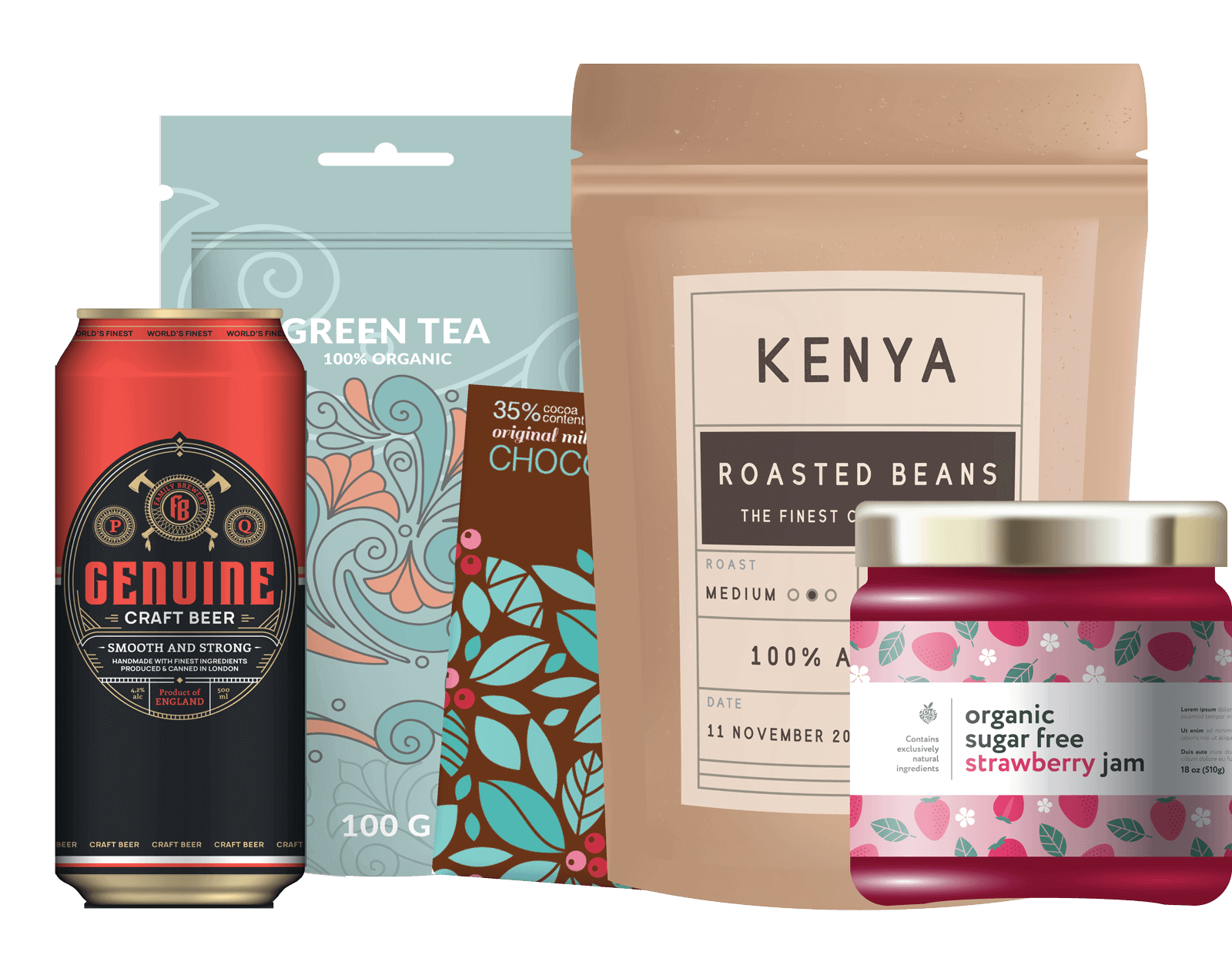It may be called the Child Nicotine Poisoning Prevention Act of 2015, but the summer of 2016 is when most e-cigarette and e-liquid companies felt the effects. This meant new compliance requirements and the potential for consequences as well. Despite the challenges of this change, we can help you meet the new requirements.
FAQs About the Child Nicotine Poisoning Prevention Act
Since the Child Nicotine Poisoning Prevention Act will have a significant effect on the packaging, we decided to dive into the details. We then gathered some questions and anticipated others so we could provide guidance about these new regulations. Here is what we found based on statements from the Consumer Protection Safety Commission.

What products are affected by this law? The Child Nicotine Poisoning Prevention Act adds to existing nicotine and tobacco regulations and adapts the law to cover market developments like vaping technology (specifically the e-liquids consumed via vaping). It requires any nicotine provided in a liquid nicotine container to be in “special packaging”.
What is special packaging? “Special packaging” is defined by the Poison Prevention Packaging Act (PPPA), and it must meet the standards in 16 C.F.R. § 1700.15 as determined through testing with the methods described in 16 C.F.R. § 1700.20. You can click here for full details, but we highly recommend getting in contact with one of our packaging specialists to guide you.
Are there exceptions to this new regulation? Containers that render the liquid inaccessible (e.g., pre-filled, disposable cartridges for e-cigarettes), and products that are meant to be consumed only at a vapory, are exempted from the special packaging requirements.
When do I need to comply with the new regulations? You may have heard other dates connected with the new law, but compliance needs to start now.
As the name of the act suggests, the law was drafted and gained momentum in 2015. It was then enacted and officially became law on January 28, 2016. The Consumer Product Safety Commission then detailed the effects of the Child Nicotine Poisoning Prevention Act in a letter dated July 22, 2016 (pictured above). This letter pointed to the effective date of the law when compliance was required immediately — July 26, 2016.
Do the new regulations apply retroactively to existing inventories? The CPSC clearly cautions that after further legal analysis, they are applying the new regulations to existing inventory on the CNPPA’s effective date. Any sale of liquid nicotine in non-compliant containers is now prohibited. This may mean recalls.
Will these regulations really be enforced? The CPSC has stated that it will be conducting retail and import surveillance to ensure compliance. If businesses are caught selling non-compliant products, it can be very costly. We recommend careful and quick compliance with the appropriate packaging options.
Your New E-Liquid Packaging Can Mean Less Risk and More Reward
With the basic questions behind you, you can take the next step to have better packaging. This new packaging can be an opportunity to incorporate not just the safety features required for your consumers, but also the quality and effectiveness for which MJS Packaging is known.
Start a conversation with one of our packaging experts today so your packaging is optimized for compliance and return-on-investment.




